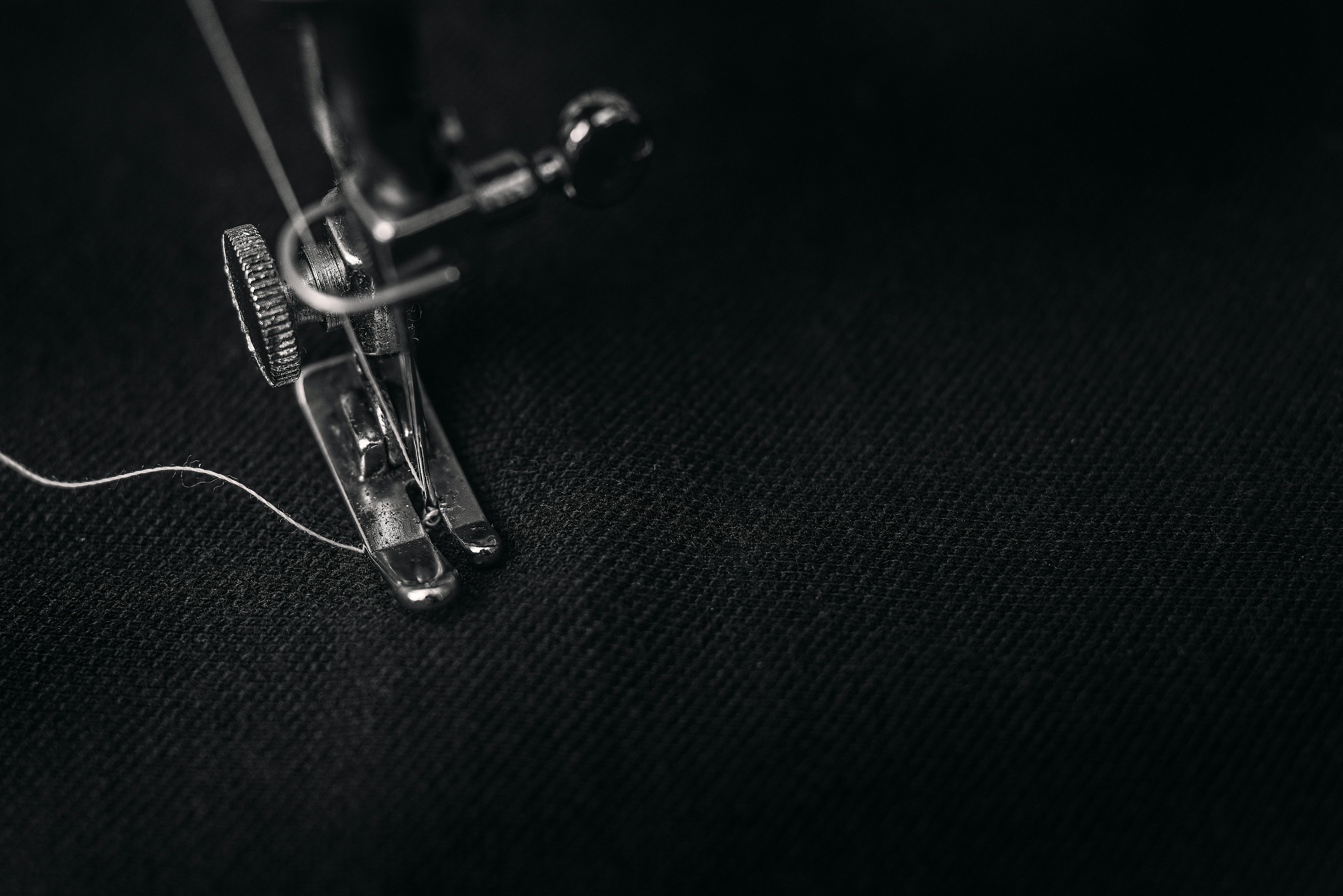Roman Imperial Army Reforms

Probably the best known and largest reform of the army was the total restructuring of the soldiers, the command structure, the battle formations and the equipment of the legionnaire. This only continued to advance the power of the army. By the time of Augustus, when the “classical” legion most associated with the Roman army came into full force, the Imperial Army of Rome became the most powerful army in the ancient world.
This can be attributed to the many improvements the army underwent during the time of Marius in the reign of Augustus and beyond. Previously, the Velites, Hastati, Principes and Triarii had different purposes in battle and had to provide their own weapons, armor. , and Roman helmets that varied in quality and appearance. During the first century AD Marius and Augustus turned them into a unified fighting force, with uniform weapons and armor equipped with the wealth provided by the state. After the reforms, the pre-Mario soldiers were restructured into two main groups: legionnaires and auxiliaries. Citizens of the Roman Empire were recruited into the legions (heavy backbone infantry), while non-citizens formed the auxiliaries (support and specialized troops such as archers, cavalry, and troops with inferior equipment).
This had another impact on Roman society, as all people living within the empire’s territories could now join the army, citizens and non-citizens alike. However, allowing significant numbers of non-citizens to fight in the military would have major implications for the Roman state during the late Empire. The command structure was also significantly reshaped. Following the reforms, not only was Roman armor and clothing modified, but it became even more apparent how much the excellent organization and command of the army contributed to the success of the Legion. No man was lost in the army due to the fact that each soldier knew an officer and each other personally.
This also helped contribute to a more loyal and organized army. The smallest unit in the army was the tent group, or Contuberniun, consisting of eight men. They shared and were in charge of their own store, supplies, and equipment. Then came the Century, which was made up of ten groups of Contuberniun making eighty men. A centurion was in charge of each century. A maniple was made up of two centuries, and a cohort was made up of three maniples, making a standard of 480 men per cohort.
However, as time progressed, until the Augustan era, it is believed that the maniple was removed entirely and the cohort remained the main standard unit in the army and was subdivided into six centuries instead of three maniples. Ultimately, the Legion consisted of ten Cohorts along with 120 horsemen, putting a Legion’s strength at around 5,000 men, excluding non-combatants. A legate was in command of a legion, and a consul or praetor (as Marius became) was in charge of the entire army or a given campaign.